
The first offline Chinese language education and training programs for international students were launched at BNU Zhuhai from July to August of 2023. Two batches of students, 49 in total, from Thailand's Rangist University and Mae Fah Luang University, and Royal Academy of Cambodia participated in the programs and registered at Phoenix School. The programs lasted for one month and integrated traditional Chinese culture education with Chinese language learning.
The Chinese learning course consisted of Chinese language classroom teaching and traditional Chinese culture inheritance. The students’ learning activities at the campus included learning comprehensive Chinese courses and Chinese listening and speaking skills, and experiencing traditional Chinese martial arts, Tai Chi, under the guidance of teachers from the School of International Chinese Language Education, such as Professor Wu Chengnian and Teacher Guo Can.
In addition to classroom teaching and learning, students were also led by Mr. Yang Xirui and Ms. Zhang Ling and other teachers from Phoenix School to pay visits to many landmarks of different cities in the Greater Bay Area, learn about the history and culture of those places, and experience in person the cultural charm of different cities. The itinerary was compact and rich in content, allowing students to broaden their horizons and deepen their understanding of Chinese culture and the current situations and development of China.
The first scene of cultural visit
Exhibition Hall of Guangdong-Macao In-Depth Cooperation Zone in Henqin and Xiangzhou Port Cultural District
After the visit to the Exhibition Hall of Guangdong-Macao In-Deep Co-operation Zone in Hengqin (Hengqin Planning Exhibition Hall), students had a better knowledge of Hengqin's geographic advantages in Guangdong-Macao cooperation, gained a deeper understanding of Hengqin's development philosophy and planning, and felt Hengqin's ambition to commit itself to the cooperation between Guangdong and Macao by "emerging from the void and making its presence eminent in the world."
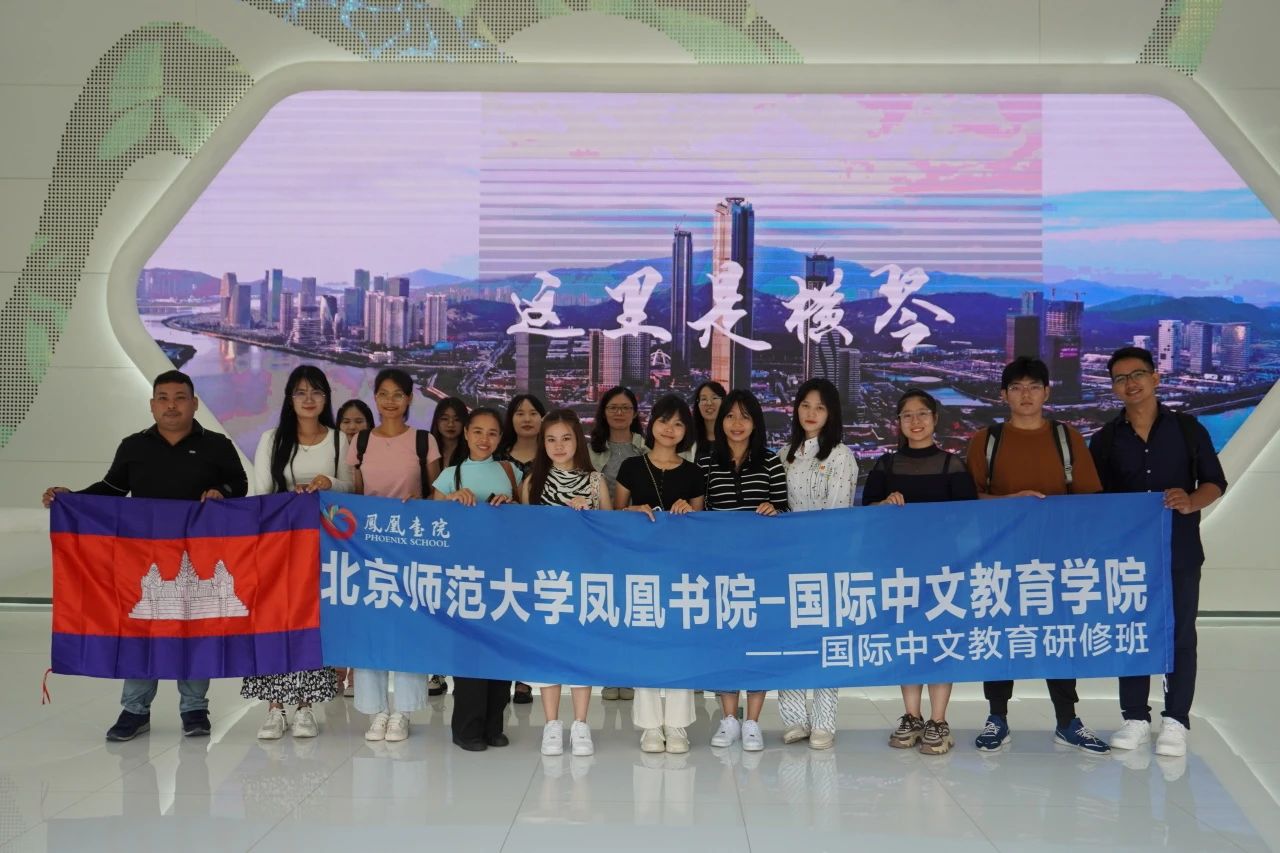
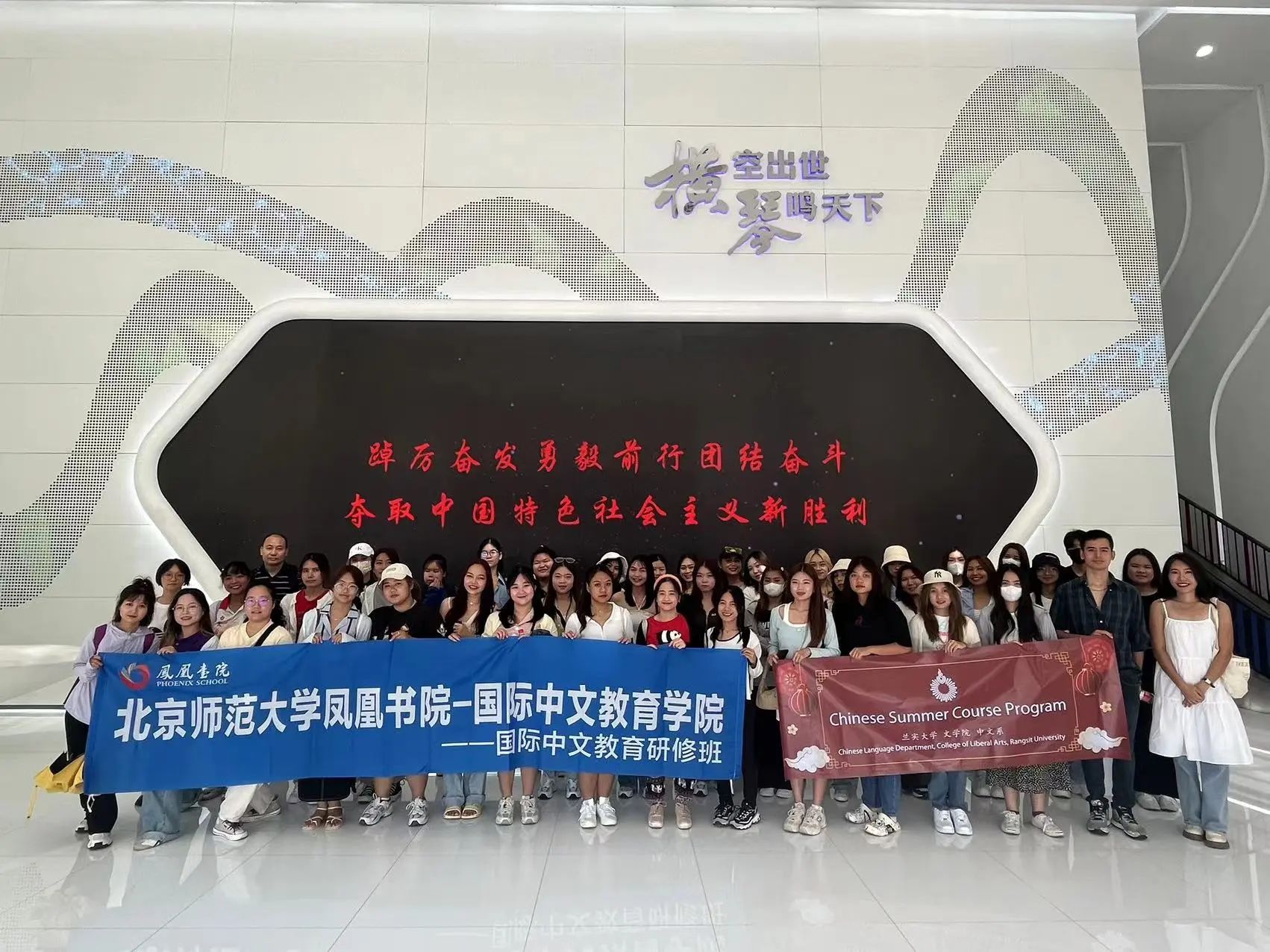
Following the historical vein of Xiangshan culture, Xiangzhou Port Cultural District recreates the prosperity of the old Xiangzhou Port in Zhuhai a hundred years ago with Chinese cultural courtyard streets. Open courtyards, closed courtyards, semi-open courtyards, wide streets and narrow alleys are combined with each other to form a rich variety of courtyard and street clusters, which, together with the staggered landscape vegetation, show the elegance and delicacy of Chinese lifestyle with sky, land, courtyards and streets.

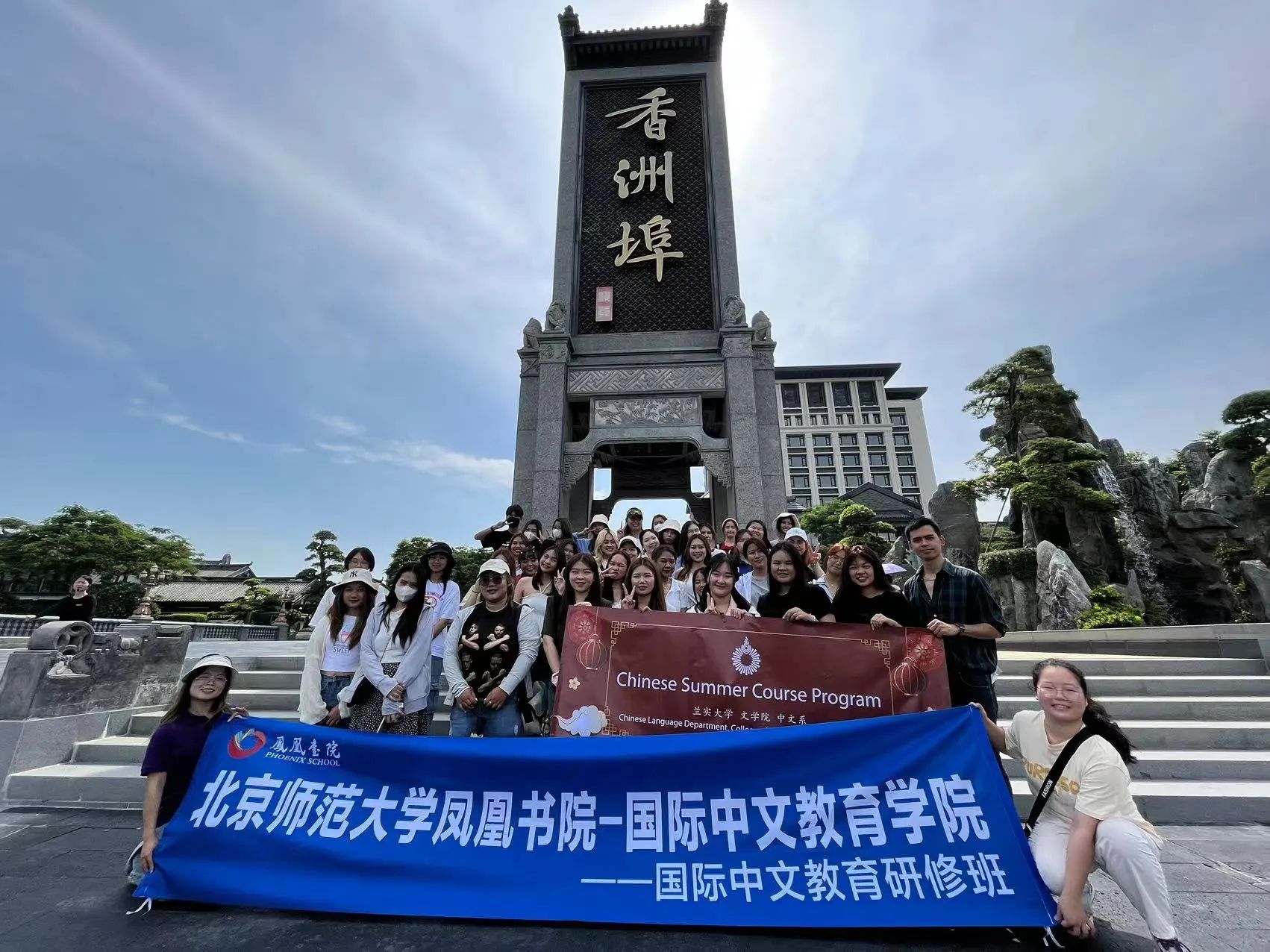
The second scene of cultural visit
Beishan Compound, Yang’s Ancestral Hall, Yang Paoan's Former Residence
Located in Beishan Village of Nanping Town, Beishan Compound is one of the best-preserved old village architectural complexes in the center of Zhuhai.
The elegance and tranquility of Lingnan ancient architecture and modern art and culture collide with each other here, giving rise to a diversified cultural and art district. At the Beishan Art Center, the students experienced the traditional production process of gold enamel paintings.
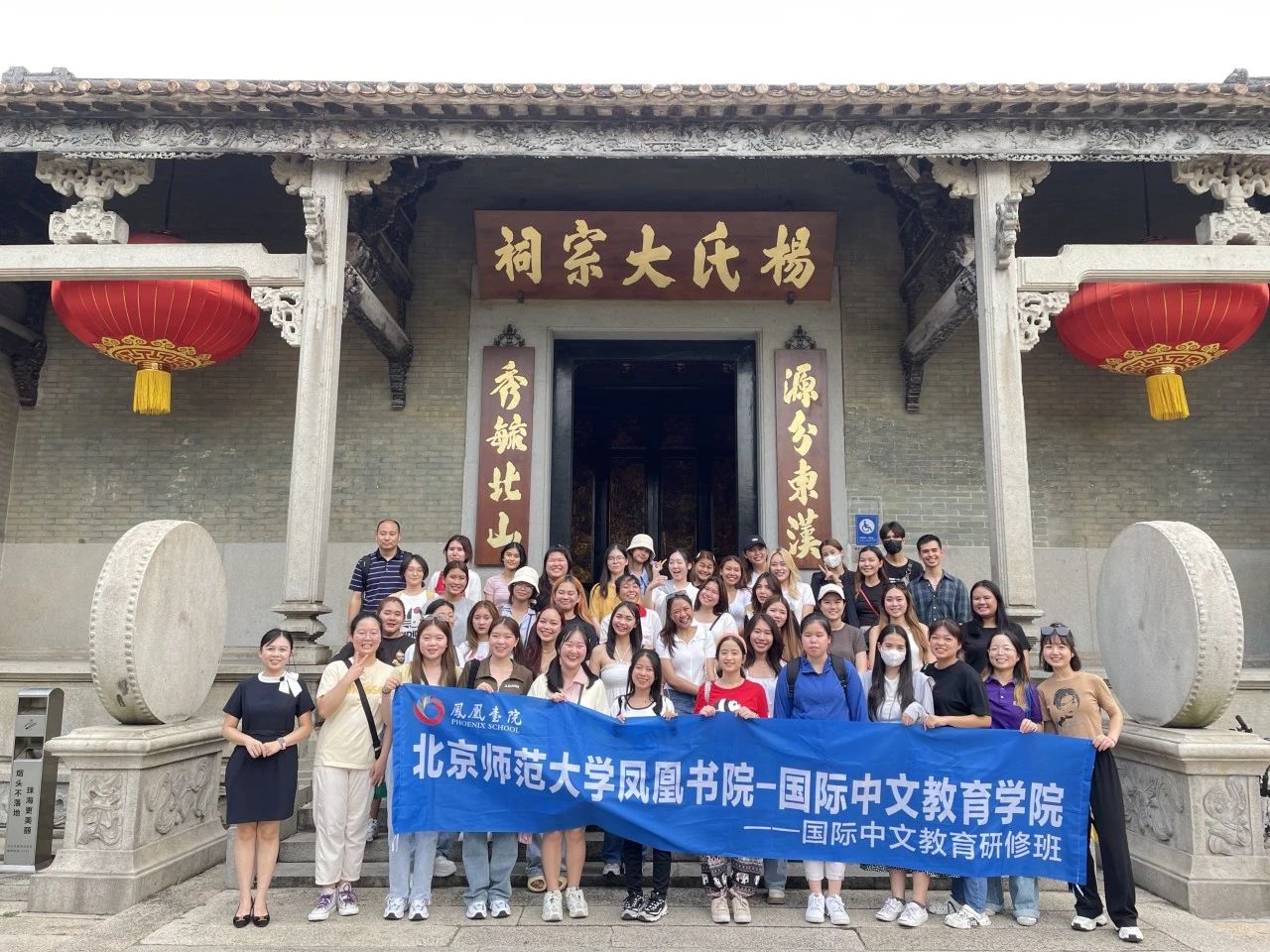
The third scene of cultural visit
The Former Residence of Dr. Sun Yatsen in Cuiheng Village, Zhongshan City and Zhongshan Museum
The students paid a visit to the former residence of Sun Yatsen in Cuiheng Village and the Sun Yatsen Memorial Hall to learn about the biography of Mr. Sun Yatsen, the revolution pioneer. They gained knowledge of his living conditions in Cuiheng Village in his early years, his experience of revolutionary activities, his political beliefs and his sincerity to save the nation from peril as well as the Chinese Revolutionary League’s activities led by Sun Yatsen in Southeast Asia.
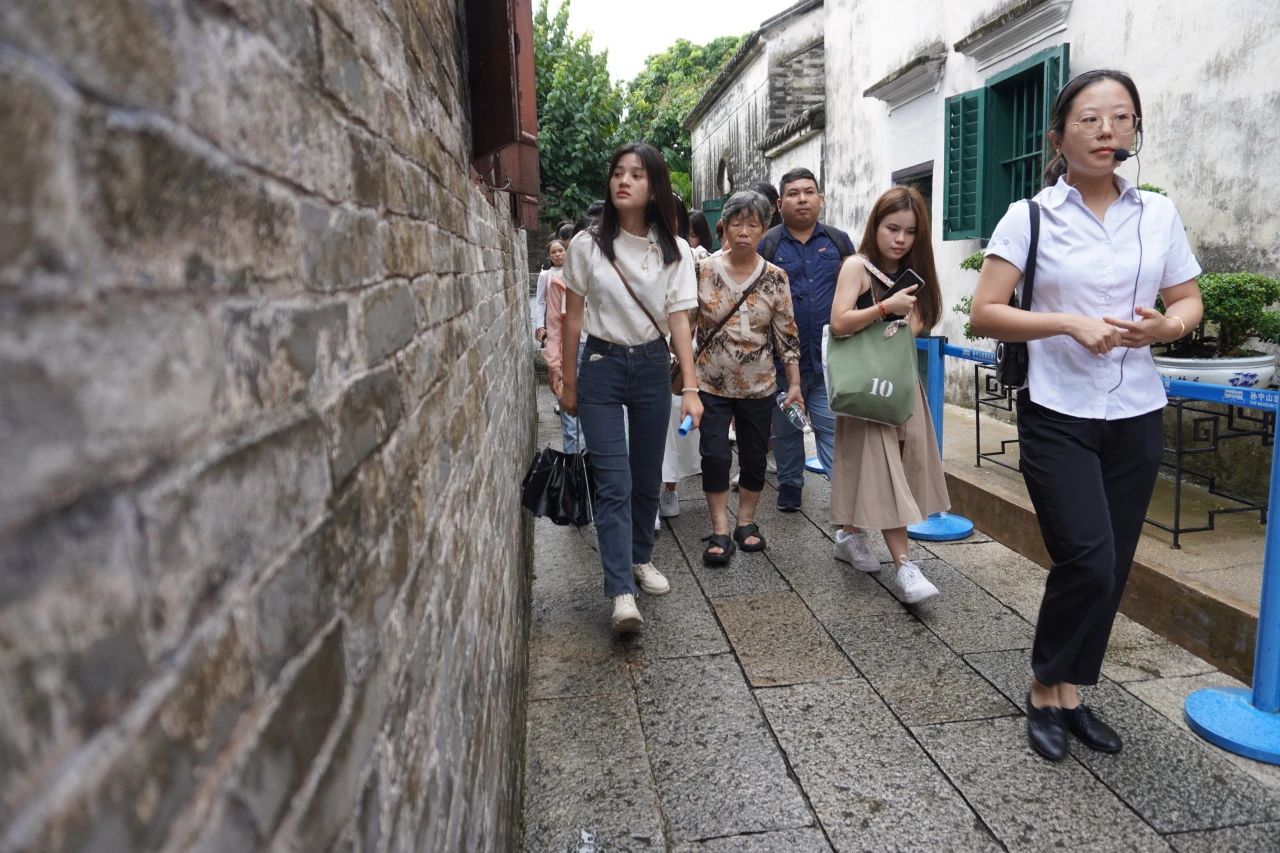


In the Zhongshan Museum, students visited the exhibition "Wind Rising from Lingdingyang Estuary─Zhongshan Historical Collection" to learn about the development history of Xiangshan (Zhongshan) dating back to more than 5,000 years ago, and to feel the pioneering spirit of the Zhongshan people, who dared to be the first in the world. Visiting the Zhongshan Overseas Chinese History Museum, they felt the global vision, innovative spirit, unique contribution to connecting China and foreign countries, as well as the patriotic love for the country of the overseas Chinese in Xiangshan (Zhongshan).
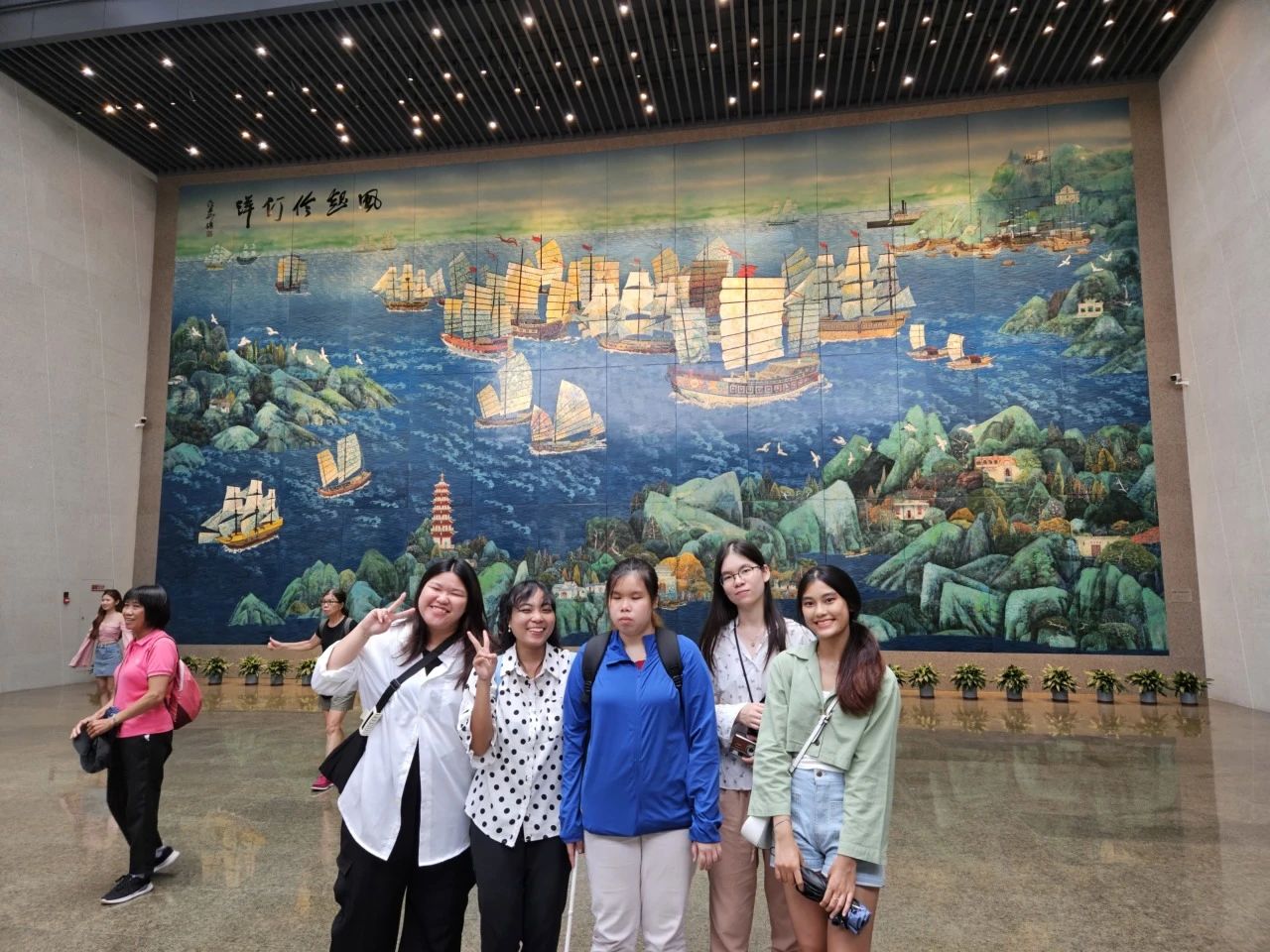

The fourth scene of cultural visit
Guangzhou Yongqingfang, Cantonese Opera Art Museum, Guangdong Provincial Museum
Yongqingfang epitomizes the thousand-year history of Guangzhou's commercial capital and the cultural landscape of Lingnan. Inside Yongqingfang, the students had a close look at the widely recognized cultural landmarks of Guangzhou such as Xiguan's building overhang, Xiguan celebrity buildings, Lychee Bay Scenic Area, Bruce Lee's ancestral home and so forth, and experienced the integration and development of this historical city's cultural landscapes and vibrant modern urban life.
The Cantonese Opera Art Museum located in Yongqingfang combines the traditional Lingnan craftsmanship of "three carvings and two sculptures" with the traditional garden architectural forms of pavilions, terraces, buildings, garrets, corridors, buildings modeled after a ship, bridges and so forth, allowing students to learn about the history, inheritance, innovation and development of Cantonese Opera, and its unique role in promoting Chinese culture to the rest of the world in such a Chinese garden museum of Lingnan style and waterfront characteristics. Besides, they watched a Cantonese Opera performance, which aroused their interest in learning the Cantonese language.
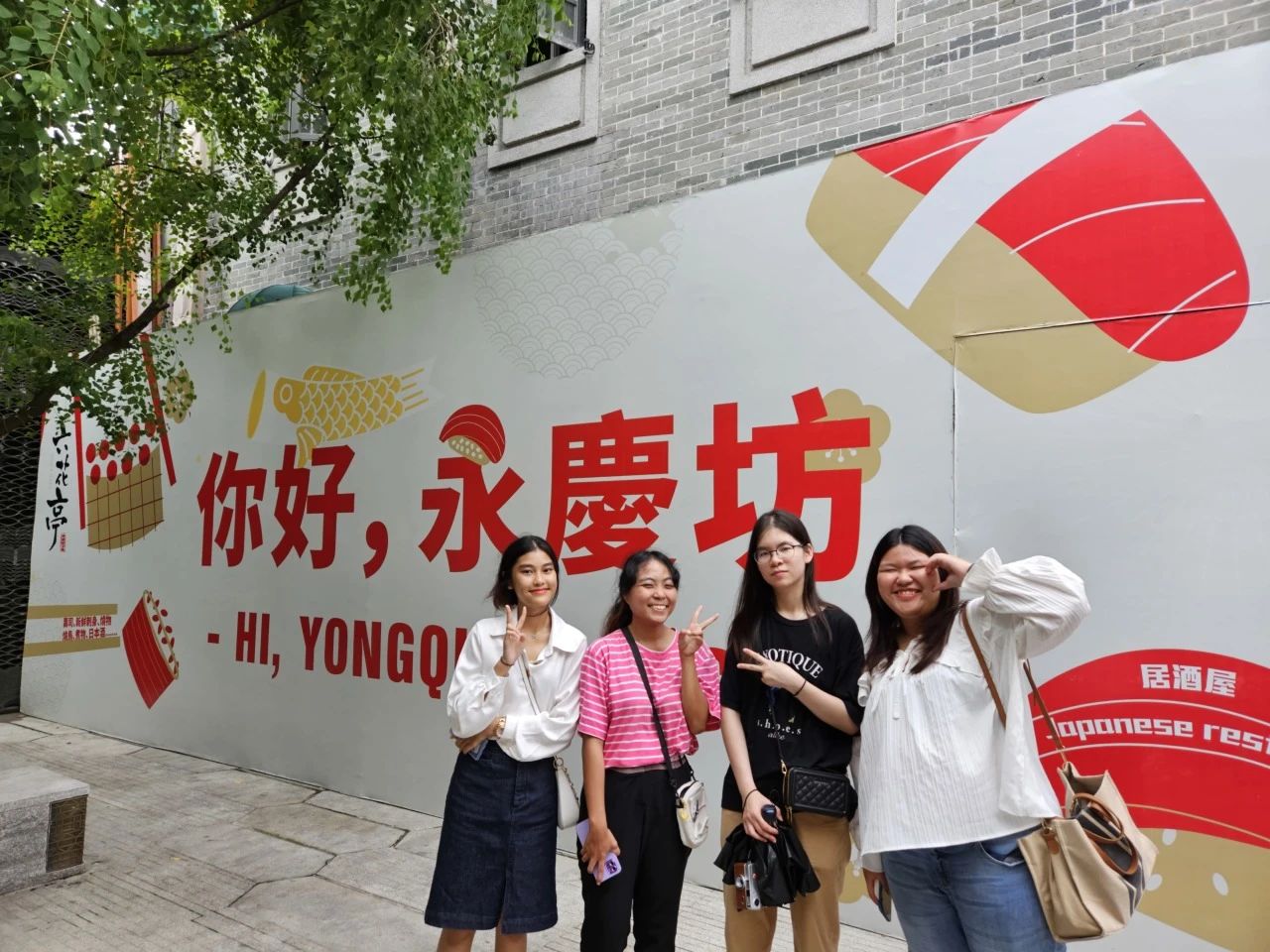
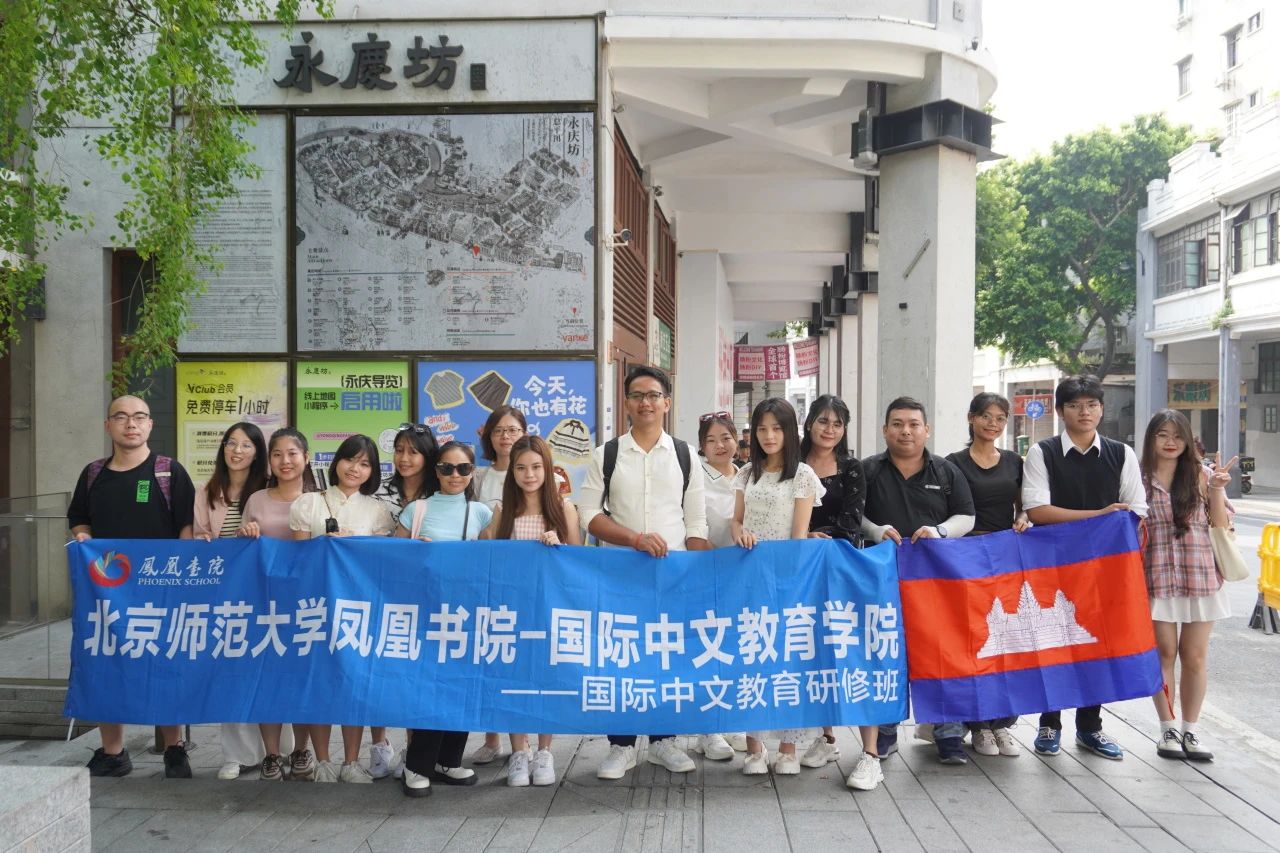
Guangdong Provincial Museum enjoys an extensive collection of Lingnan cultural relics, bringing together history, art, revolution, nature and many other categories in one and enabling the overseas students to feel the profound culture and nature's wonders. A huge collection of paintings and calligraphy, ceramics, exported art works, cultural relics found from the water, overseas Chinese cultural relics, Teochew wood carvings, Duan inkstone and other special cultural relics provided a feast for the eyes of the overseas students.
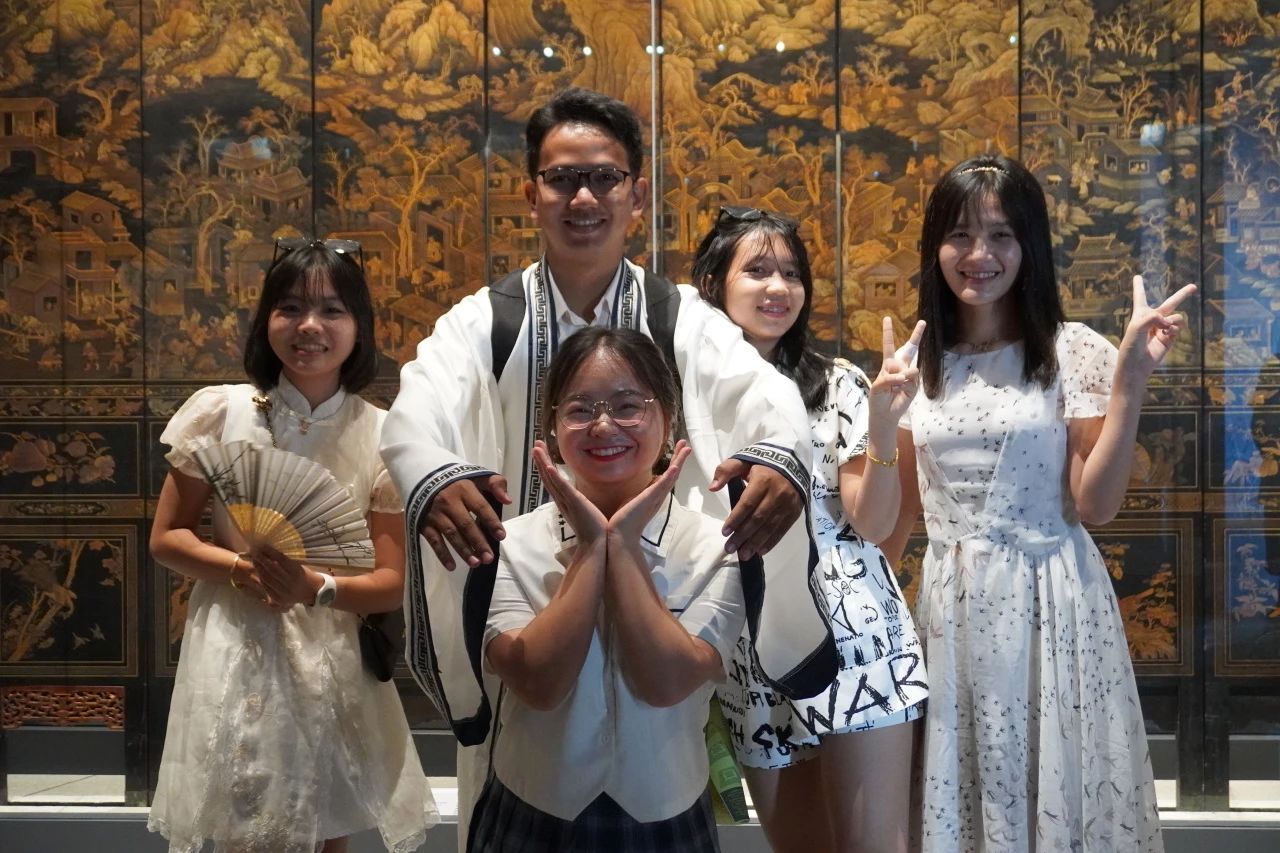
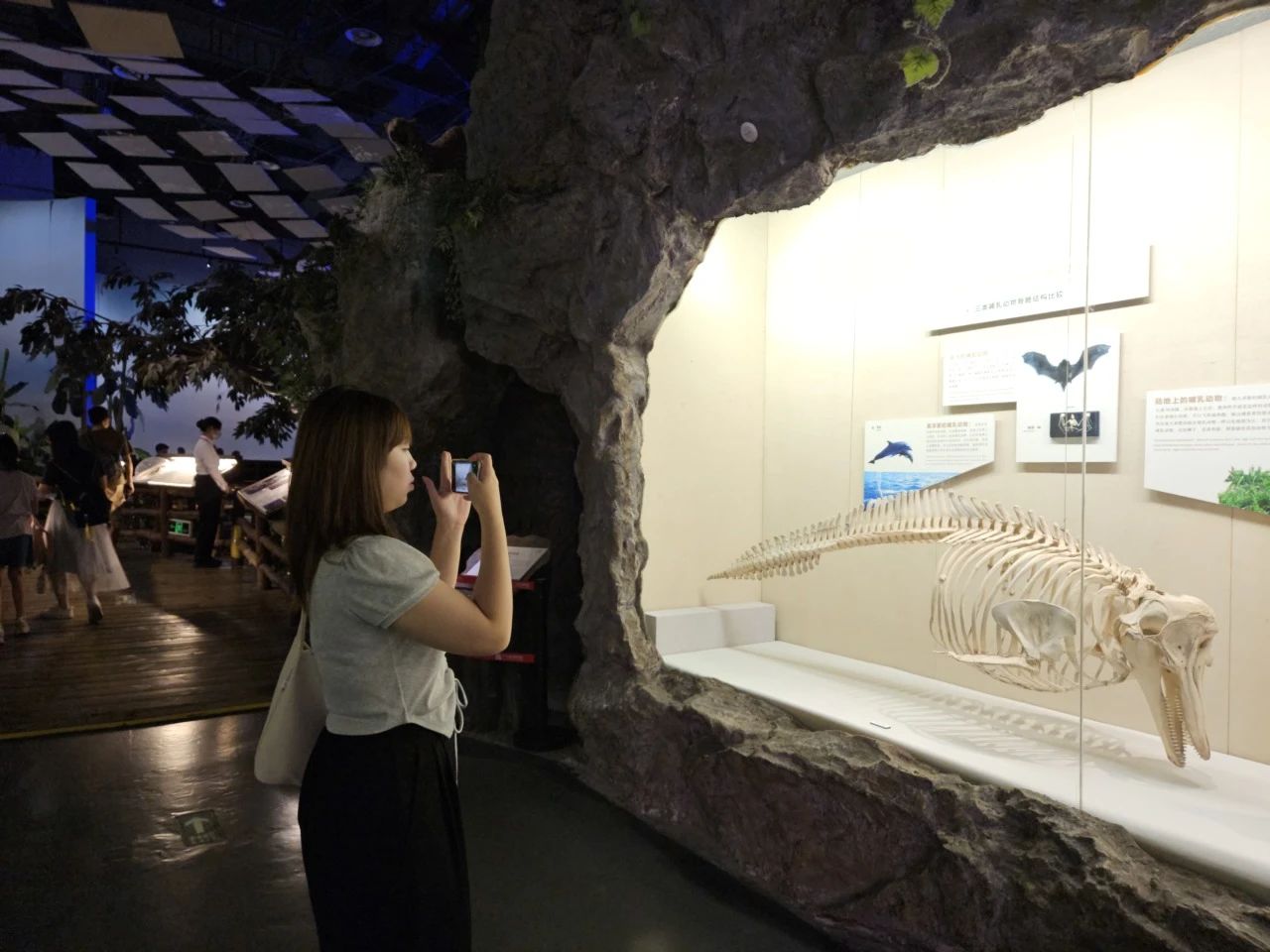
Experiencing life in the Colorful Greater Bay Area
After the class, the students were organized to visit the well-known attractions in Zhuhai. They enjoyed the beauty of the 55-kilometer-long Lovers' Road with its nine bays by strolling along the beach, enjoying the sea breeze, picnicking and singing Chinese songs in chorus on the beach; in the New Yuan Ming Palace, the students put on traditional Chinese dresses, and wandered around the pavilions in the guise of a lady and a gentleman to feel the poetic sentiment and elegance there; and they also tried various kinds of Chinese food at the Jinding Night Market to experience the simplest but the most satisfying thing in the world: enjoying food and each other's company.

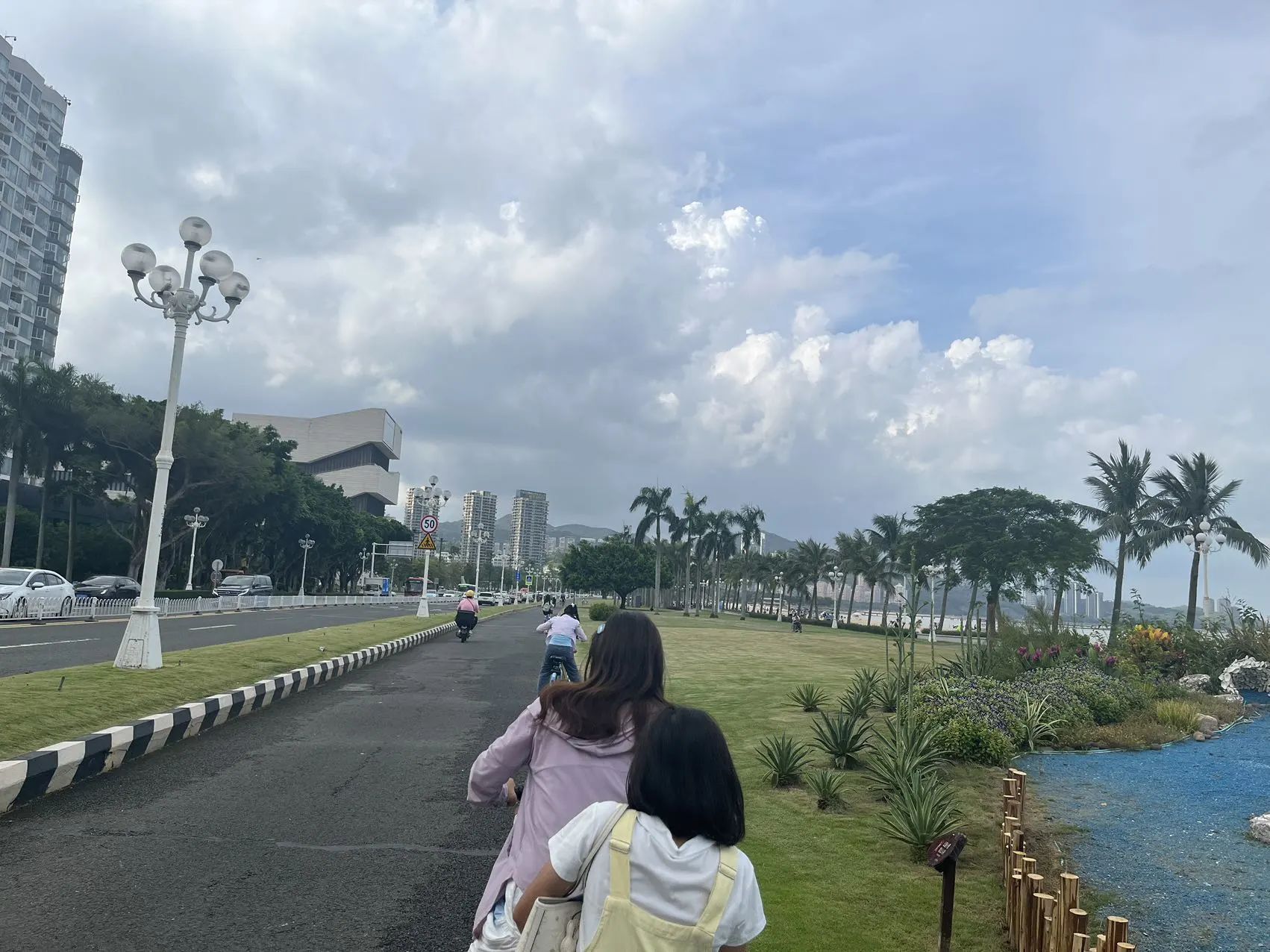
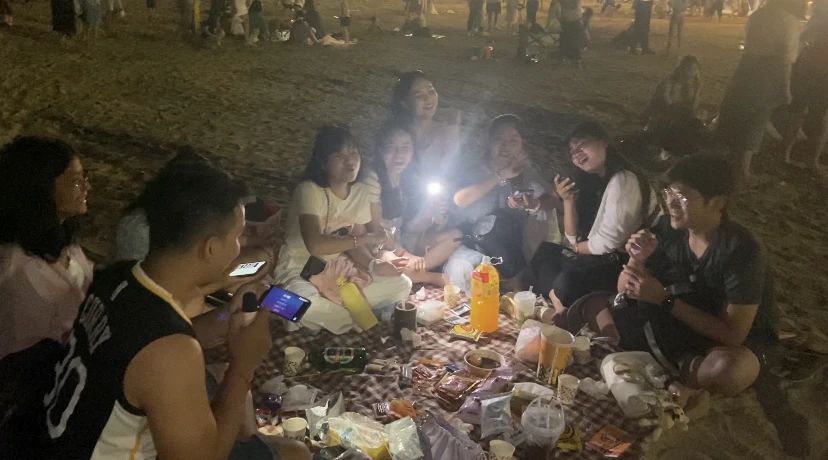
Through the cultural visits to the Greater Bay Area, the students’ ability to express themselves in Chinese was greatly improved by listening extensively to the Chinese explanation and communicating with people from all walks of life in Chinese in diverse immersive scenarios. This visit also provided them a great opportunity to feel and experience Chinese culture as well as the openness and vitality of the Greater Bay Area in person, which gave this cultural visit a perfect conclusion.
Translator: Yan Li
Proofreading: Martin Wittenberg